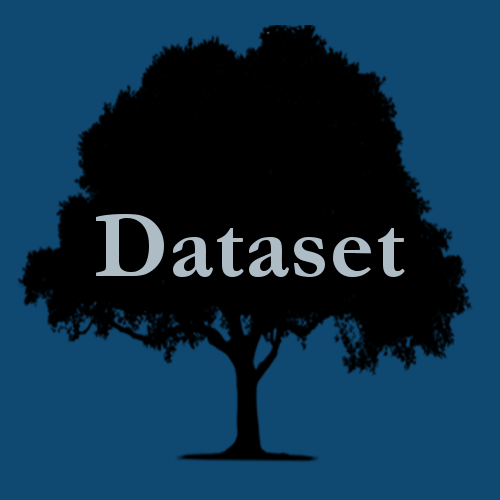Details and Metadata
Printer-friendly version View XML version Download Ecological Metadata Language file
Methods
The methods followed in the creation of the dataset, including description of field, laboratory and processing steps, and quality control procedures
Current Methods
Random plot location
Started: 2011-08-31200 randomly-located 0.1 acre plots were established within Burlington
Software: ArcGIS 10.0, i-Tree Eco
Identify service learning plots
Started: 2011-08-31A subset of plots are measured by students in UVM's Natural History and Field Ecology course as a service learning project
Setting reference objects
Started: 2011-08-31The plot center is rigorously identified using physical reference objects to allow surveyors to revisit these plots in the future and track changes over time.
Identify and measure trees
Started: 2011-08-31Each tree in the plot is identified at least to genus and measured for height, diameter, crown height and width, percents dieback and missing, crown light exposure, and spatial relationship to nearby buildings.
Assess land use and ground cover
Started: 2011-08-31Land use proportions and ground cover proportions on the plot are recorded.
Process data
Started: 2011-08-31Data are submitted to the US Forest Service i-Tree Eco analysis service to generate city-wide estimates of the composition, condition and ecosystem services of the urban canopy in the city.
Dataset Fields
Detailed documentation of the fields comprising the dataset, including the type of measurement, units where applicable, and any controlled vocabularies or code lists present in the data
Field Name Caption Description Additional Information LocationName Location Name Name of sample/inventory location (e.g., city name)
Nominal Series Project Series Description of project
Nominali-Tree Series Name
+ showAppears in data as Meaning of code 1 Single Strata Year Year Year of data collection
DateTime Date/Time Format: YYYY PlotID Plot ID Number Plot number
Nominal SubplotID Subplot Number Subplot number
Nominal DirectiontoObject Direction to Reference Object Direction to reference object
Interval
Unit: degree
Precision: 1DistancetoObject Distance to Reference Object Distance to reference object
Ratio
Unit: meter
Precision: 0.0001Object Reference Object Code Code number of reference object
Nominali-Tree Reference Object Definitions
+ showAppears in data as Meaning of code 1 Tree 2 Buliding corner 3 Building wall 4 Building door 5 Roof peak 6 Light post 7 Street sign 8 Fence 9 Swing set 10 Curb 11 Driveway edge 12 Fire hydrant 13 Utility 14 Sewer or drain grate 15 Other Dbh Diameter of object if tree Diameter (dbh) of object if a tree
Ratio
Unit: centimeter
Precision: 0.001Notes Notes Notes
Nominal ReferenceObjectType Reference Object Type The type or category of reference object
Nominal Sampling Equipment
Equipment and software used to collect data, including how that equipment was used.
Current Equipment
Clinometer
Started: 2011-08-31Suunto clinometer
Compass
Started: 2011-08-31Compass
Diameter tape
Started: 2011-08-31Diameter tape
GPS unit
Started: 2011-08-31Garmin Rino 530HCx GPS unit
Plot establishment
Started: 2011-08-31200 randomly-located 0.1 acre plots were established within Burlington
Site Characteristics
The spatial extent of the dataset site coverage, and descriptions of the spatial extent and context for the data collection
- Site Description
200 randomly selected permanent plots throughout Burlington, VT
Minimum Altitude: 100 feet
Maximum Altitude: 437 feet


 Details
Details